I have a 110 V Playstation 2 which I've been using for more than 10 years with the help of a 220 V to 110 V step-down adapter. The problem is that the step-down adapter has gone bust and the ones available in the market are all either of crappy quality or too expensive.
So I was thinking: maybe I can directly power the Playstation 2 with DC power from a standard ATX power supply which I have lying around. The 4-pin CPU connector provides the required current and voltage for the PS2.
I see that the original power supply has two 12 V pins and two GND pins, but on the back side of the board I can see the traces are common for both 12 V and GND. If so, why did they split them into 2 pins when they could have just used one 12 V and one GND pin? Can I combine the pins and provide power or will that lead to any problems?
